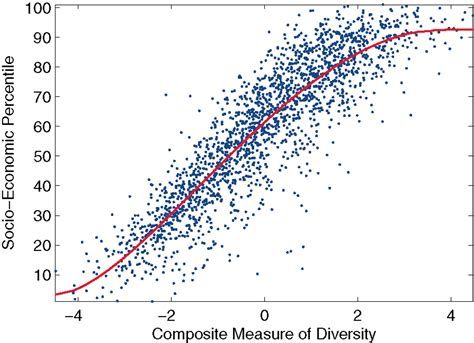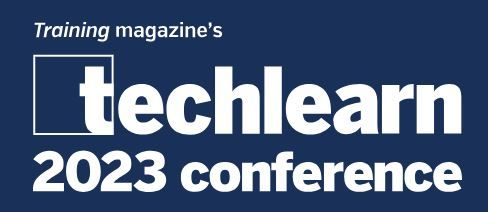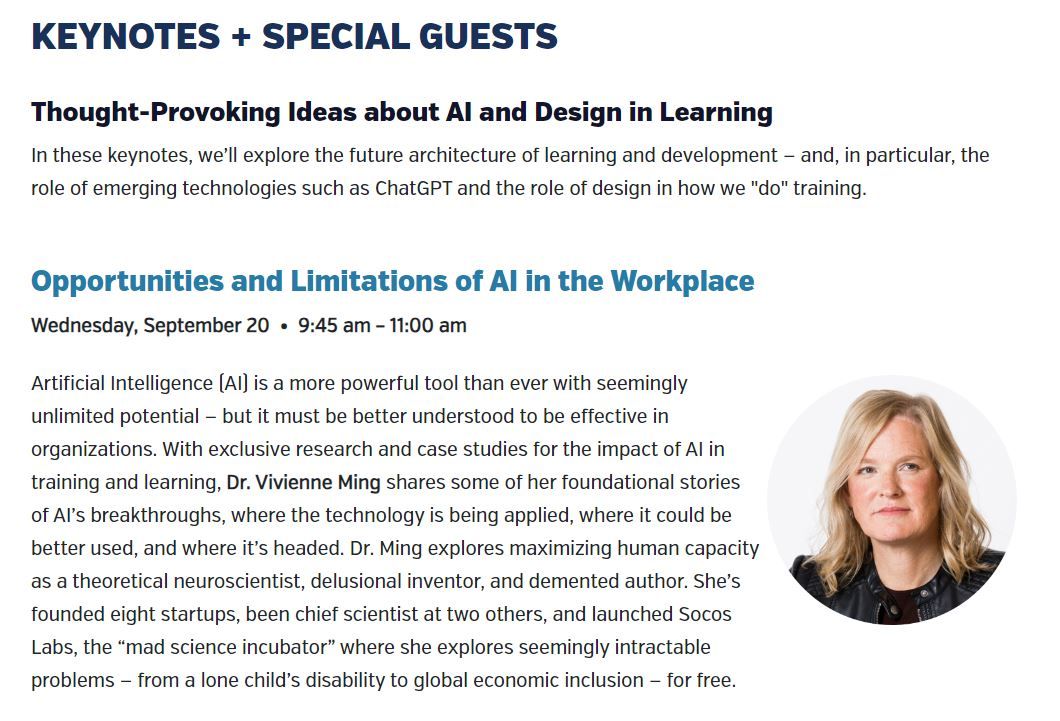Innovation & Pluralism

Welcome to the weekly Socos Academy newsletter, a tour through my latest research, mad science projects, and upcoming events and media.
Mad Science Solves…
I have plenty of mad science in progress (along with an upcoming Mad Science Solves…AMA on Thursday, October 5th), but one of the most interesting new projects is a screenplay. I’ve consulted on movies and published a bit of fiction, but writing an original script is daunting and horrible and wonderfully engaging.
The details…well, you can wait to stream it some day, but safe to say there is a bit of speculative neuroscience involved. At its heart is a romance and a question: if our memories and our emotions were pulled apart, which are we?
I’ve also begun working in earnest on a full draft of Robot-Proof. It has been 10 years in production (including an earlier publication of some of the chapters). It is so satisfying to see the entire book laid out end to end. My goal is a completed draft to the publisher by year’s end.
(By the way, I have some big, big news on both Dionysus Health and the Socos Foundation Data Trust. Announcements soon!)
Stage & Screen

Vivienne is visiting New Orleans for the first time this week delivering the keynote for Training magazine's TechLearn2023 Conference.

Research Roundup
The Large and Small of It
2 years ago I had the chance to look at what factors correlated with the “smartest”, most innovative teams. I wrote about the findings in “Innovate Innovation”, which could be summarized as smart teams are small, flat, and diverse. A recent analysis helps explain the role of team size in innovation: “Large teams develop and small teams disrupt science and technology”.
An analysis of “65 million papers, patents and software products” released from “1954–2014” shows that “smaller teams have tended to disrupt science and technology with new ideas and opportunities”, while “larger teams have tended to develop existing ones”.
I can imagine many factors that might drive this split. In our analysis smaller teams (3-5 members) maximized the trade-off between trust and diversity—its hard to get heard on a project with 50 collaborators. But also simple economics came into the equation, as small teams can afford to explore uncertain ideas, where relatively costly large teams needed a guaranteed payoff. Accordingly, the new analysis found larger teams to be focused on “more-recent and popular developments” where safer returns were more likely. In contrast, smaller teams dug deeper and their contributions took longer to impact their fields.
The differences between small and large teams were “magnified for higher-impact work”, with the investment in larger teams inducing safer incremental advances, while disruptions of whole fields were left to the higher risk, lower cost smaller teams.
Interestingly (and in keeping with my own observations), a major driving force for translating disruptive innovation into established practice occurred “as people move between smaller and larger teams”.
Innovation is My Middle Name!
Across the large body of research on innovation and collective intelligence, the most robust factors are interpersonal trust, flat hierarchies, and diverse teams. That last spans a huge range of dimensions from race and gender to expertise and culture to simple lived experience. A new paper introduces a new metric: “Surname Diversity, Social Ties and Innovation”.
The finding isn’t that a greater diversity of last names somehow drives innovation, per se, but rather that “lower surname diversity indicates more concentrated social interactions among like-minded people”. In otherwise similar neighboring counties, many fewer family names in one (easily measured as entropy) suggests a much more homogenous population with fewer opportunities for the frictions that produce the sparks of innovation. Sure enough, the researchers found that “surname diversity increases both the quantity and quality of innovation”.
I like this paper; surname diversity is a very creative measure of community diversity. However, there are some obvious confounding covariates (e.g. migration rates and industry diversity). The authors control for this using an instrumental variable method, which is my least favored natural experiment methodology. None-the-less, within this ever growing body of research, here is another strong argument for leaning harder into the tension between trust and diversity.
Pluralism Pays
Disclosure: I believe in pluralism. It is a social and political philosophy I’ve come to slowly over the decades. It is a challenging commitment—it demands I accept choices by others with which I might strongly disagree. (This is particularly challenging given that I am always right about everything.)
The tension at the heart of pluralism—between majorities and minorities, between ingroups and outgroups, between “right” (me) and “wrong” (everyone else)—is deeply uncomfortable. But I believe that the best society lives uneasily within these tensions for the simplest reason: true pluralism drives better lives for both individuals and communities.
New research adds another power piece of evidence for pluralism. In “Network Diversity and Economic Development”, the authors “combined the most complete record of a national communication network with national census data on the socioeconomic well-being of communities”. (I love big, computational social science projects like this. It's both cool science and persuasive methodology.)
The results show that differences in economic development between communities correlates with the “diversity of individuals’ relationships” across the communications network. The more different kinds of people you know, the healthier your community.
This finding fits within a growing body of research showing that healthy multicultural societies are characterized by regular, positive intergroup interactions, that these interactions in turn drive cross-group trust, and that these combined forces increase wellbeing—health, wealth, and happiness—for all.
If only so many of life’s best experiences weren’t so uncomfortable.
Follow more of my work at
Have a wonderful week!




